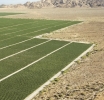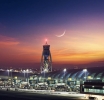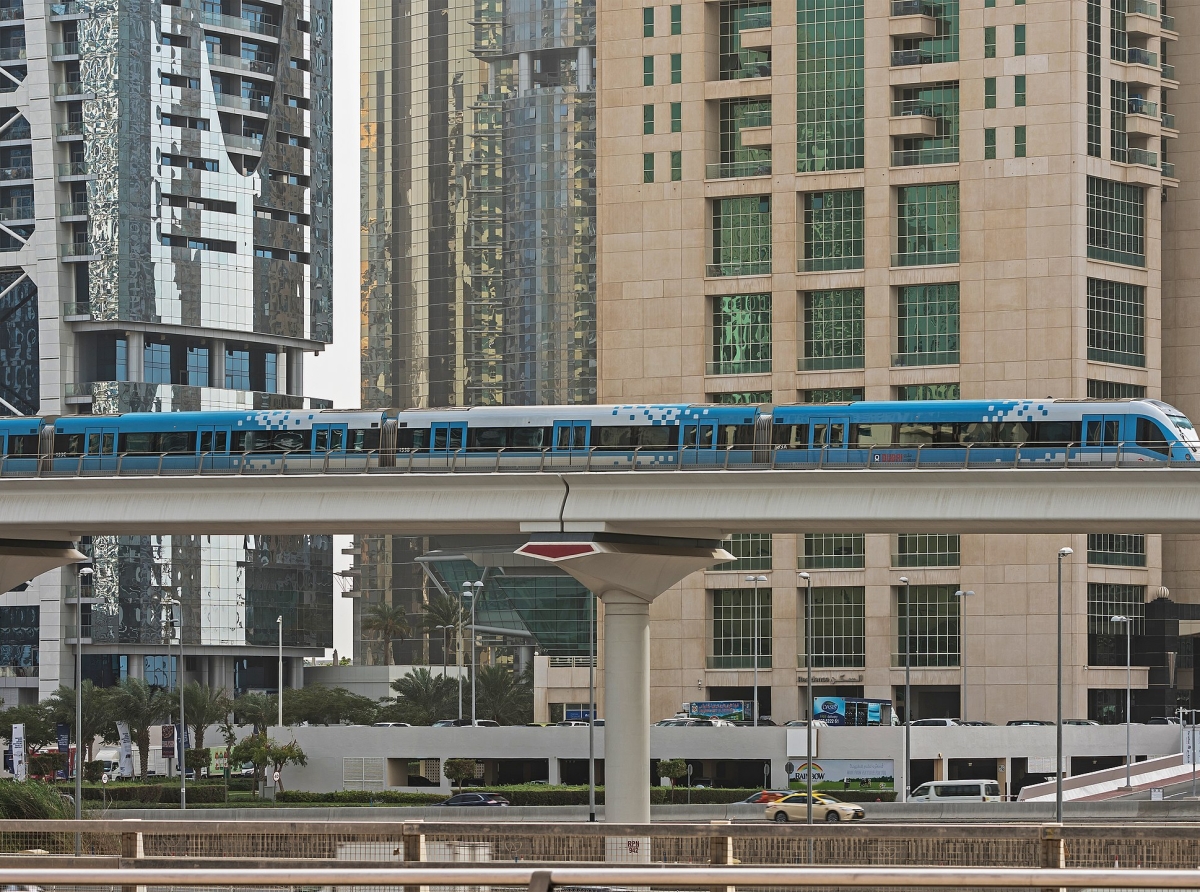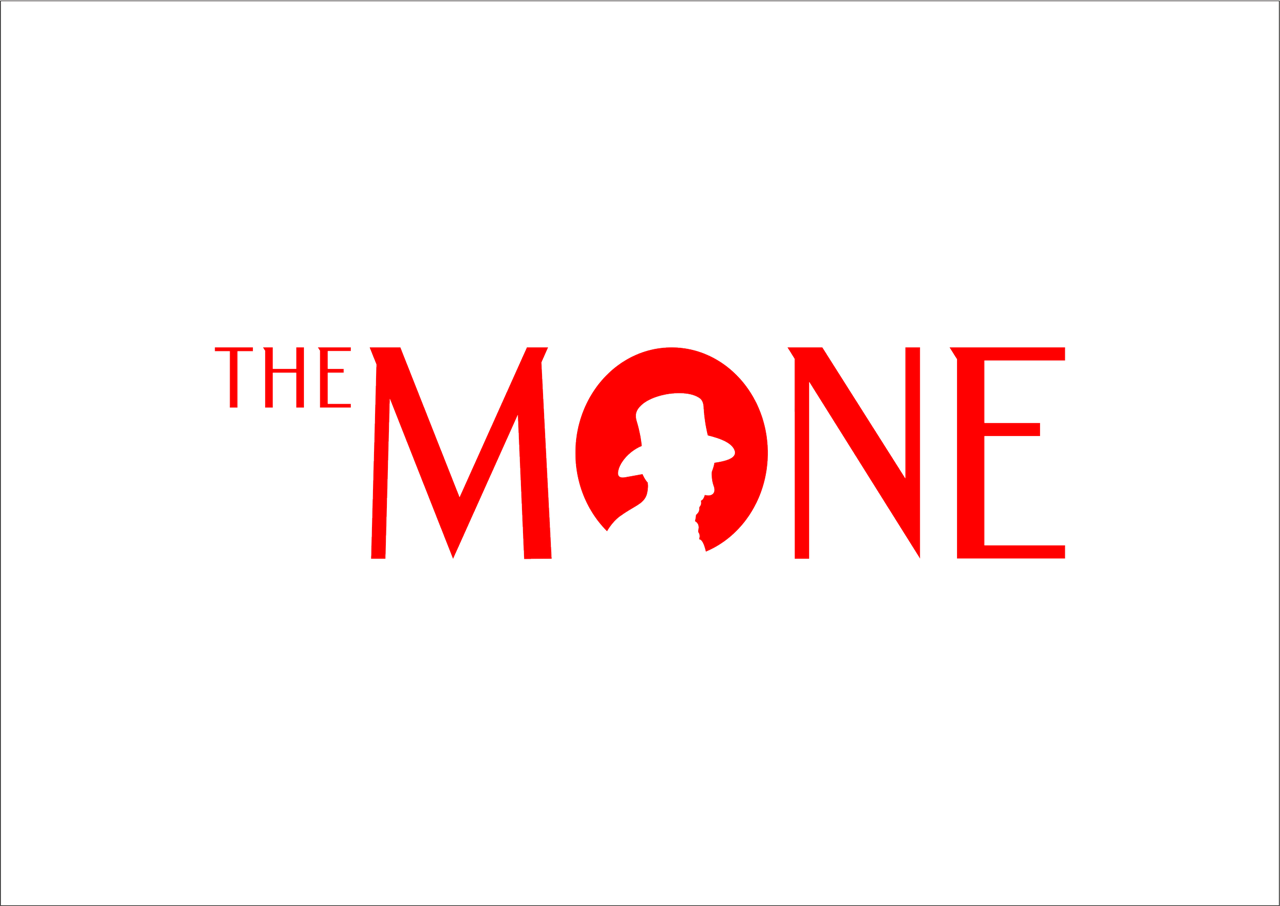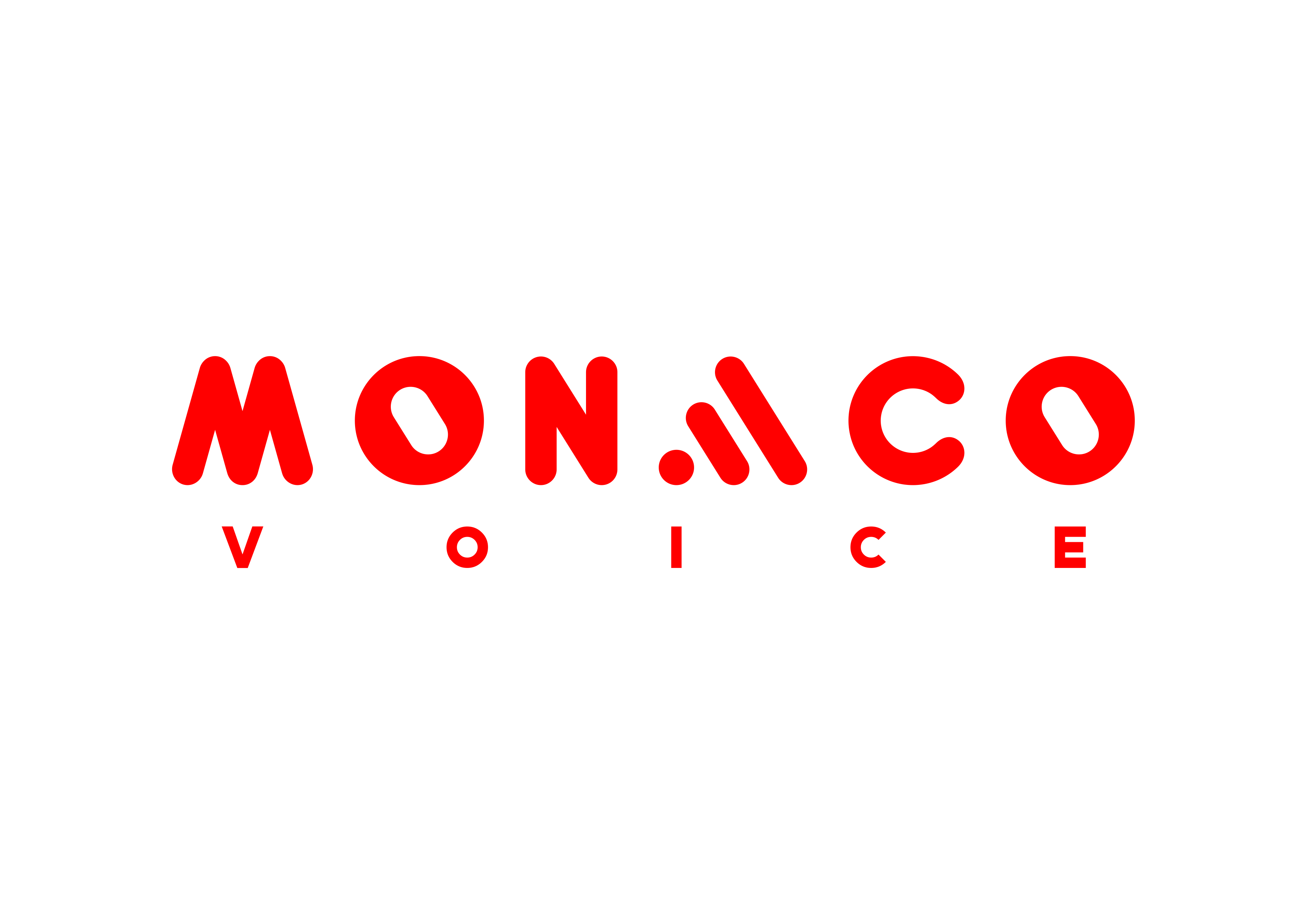Dubai Unveils Interactive Guide for Hatta Winter 2025
Sheikh Mansoor bin Mohammed bin Rashid Al Maktoum, chairman of the Dubai Sports Council, reviewed fin... Dec 24, 2025Dubai’s Shared Procurement Programme Reports AED 313 Million in Savings
Dubai Sports Council Reviews Preparations for First World Sports Summit


